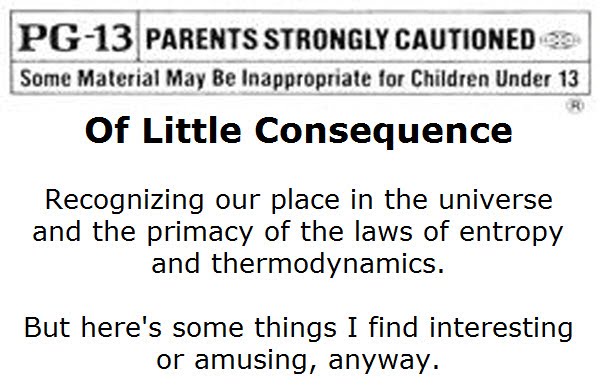Probability and statistics are mind-confusing at times, even for those who work with them all the time.
Gary Foshee, a collector and designer of puzzles from Issaquah near Seattle walked to the lectern to present his talk. It consisted of the following three sentences:
"I have two children. One is a boy born on a Tuesday. What is the probability I have two boys?"
"The first thing you think is 'What has Tuesday got to do with it?'" said Foshee, deadpan. "Well, it has everything to do with it." And then he stepped down from the stage.
This is actually a very difficult question, made fascinating by the 'what the heck does Tuesday have to do with the result???"
Foshee's "boy born on a Tuesday" problem is a gem of the genre: easy to state, understandable to the layperson, yet with a completely counter-intuitive answer that can leave you with a smile on your face for days. If you have two children, and one is a boy, then the probability of having two boys is significantly different if you supply the extra information that the boy was born on a Tuesday. I'm not kidding.
Preliminary question: "I have two children. One of them is a boy. What is the probability I have two boys?"
This is a much easier question, though a controversial one. After the gathering ended, Foshee's Tuesday boy problem became a hotly discussed topic on blogs around the world. The main bone of contention was how to properly interpret the question. The way Foshee meant it is, of all the families with one boy and exactly one other child, what proportion of those families have two boys? :)
To answer the question you need to first look at all the equally likely combinations of two children it is possible to have: BG, GB, BB or GG. The question states that one child is a boy. So we can eliminate the GG, leaving us with just three options: BG, GB and BB. One out of these three scenarios is BB, so the probability of the two boys is 1/3 (not 1/2 as seems intuitive). No big problem here, but then the fun begins:
Now we can repeat this technique for the original question. Let's list the equally likely possibilities of children, together with the days of the week they are born in. Let's call a boy born on a Tuesday a BTu. Our possible situations are:
■When the first child is a BTu and the second is a girl born on any day of the week: there are seven different possibilities.
■When the first child is a girl born on any day of the week and the second is a BTu: again, there are seven different possibilities.
■When the first child is a BTu and the second is a boy born on any day of the week: again there are seven different possibilities.
■Finally, there is the situation in which the first child is a boy born on any day of the week and the second child is a BTu – and this is where it gets interesting. There are seven different possibilities here too, but one of them – when both boys are born on a Tuesday – has already been counted when we considered the first to be a BTu and the second on any day of the week. So, since we are counting equally likely possibilities, we can only find an extra six possibilities here. To calculate probababilities, you can't double up on this stuff. :)
Summing up the totals, there are 7 + 7 + 7 + 6 = 27 different equally likely combinations of children with specified gender and birth day, and 13 of these combinations are two boys. So the answer is 13/27, which is very different from 1/3.
It seems remarkable that the probability of having two boys changes from 1/3 to 13/27 when the birth day of one boy is stated – yet it does, and it's quite a generous difference at that. In fact, if you repeat the question but specify a trait rarer than 1/7 the closer the probability will approach 1/2.
Life is strange...
Subscribe to:
Post Comments (Atom)


No comments:
Post a Comment